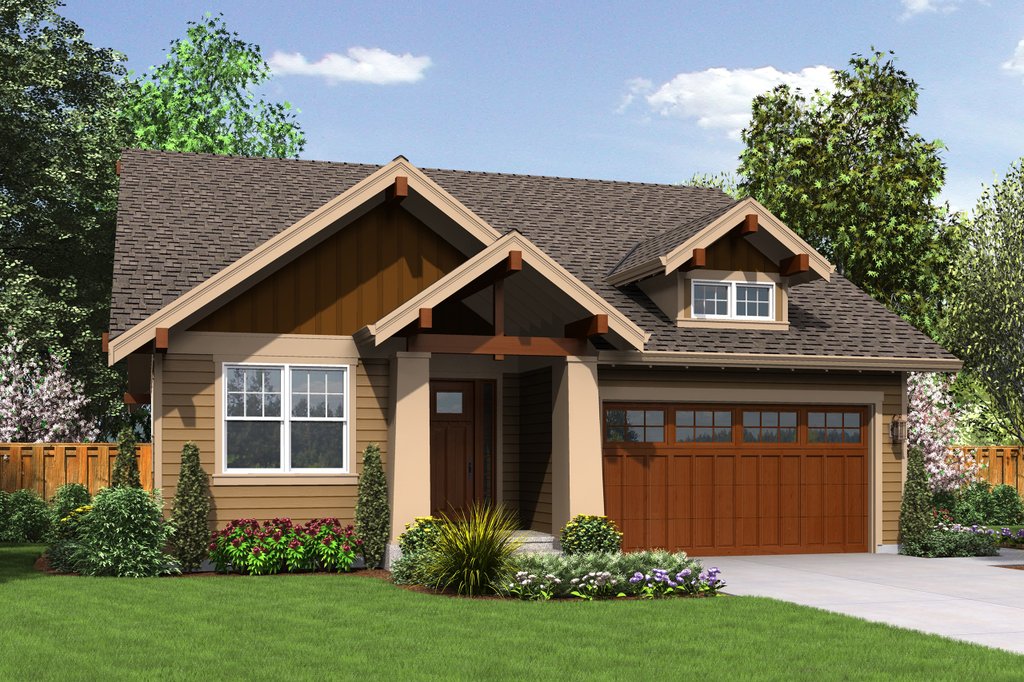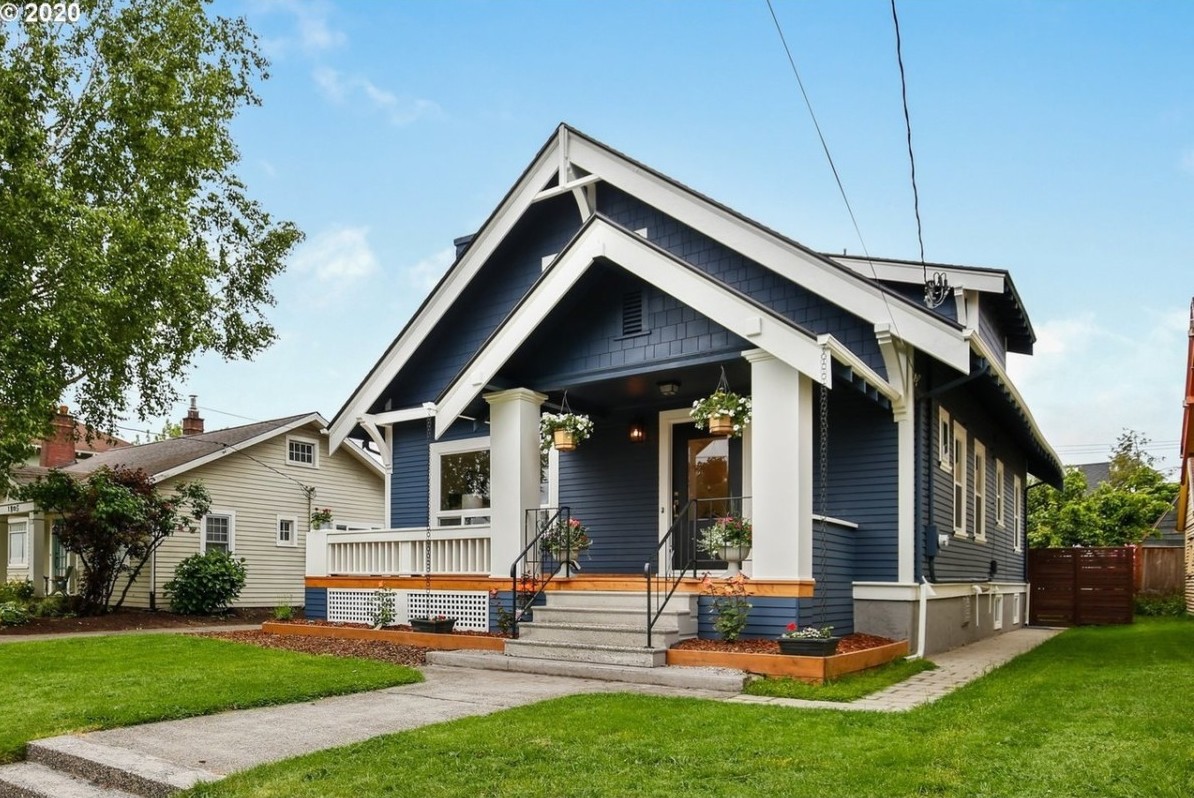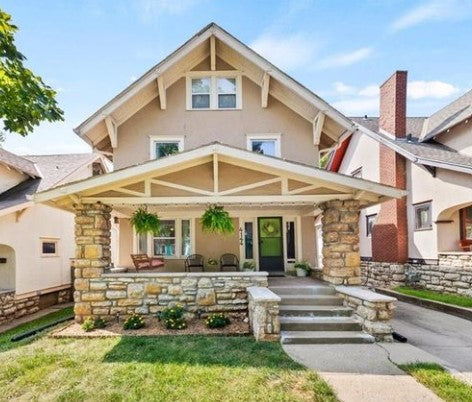Top Reasons People Choose a craftsman style house in Today’s Housing Market
The Role of Arts & & Crafts Architects in Elevating Architectural Services in Residential Style
Arts and Crafts architects considerably affect residential layout through their commitment to craftsmanship and sustainability. They focus on handcrafted information and all-natural materials, which improve both looks and community identification. By involving customers in the layout process, these architects develop unique living spaces that reverberate with individual tastes. This strategy elevates inquiries regarding the future trajectory of domestic architecture and its potential influence on neighborhood characteristics. craftsman style house. What lies ahead for this timeless layout ideology?

The Principles of Arts and Crafts Architecture
The significance of Arts and Crafts architecture depends on its dedication to workmanship and simplicity. This building movement emerged in the late 19th century as an action to automation, emphasizing the value of handcrafted information and natural products. The principles of Arts and Crafts architecture prioritize performance and consistency with the atmosphere. Structures generally feature low-pitched roofing systems, broad eaves, and subjected rafters, advertising a feeling of unity with nature.
Artisans played a significant function in this style, commonly incorporating decorative components like stained glass, ceramic tiles, and woodwork, which show regional workmanship. The color combination tends to be natural and restrained, permitting structures to mix effortlessly into their environments. Furthermore, the design urges open floor plans and common areas, cultivating a sense of togetherness. On the whole, the principles of Arts and Crafts architecture commemorate the elegance of simpleness and the significance of human connection to both nature and neighborhood.

Sustainable Practices in Residential Style
While the need for eco responsible living remains to grow, sustainable methods in domestic design have actually gained significant grip amongst architects and home owners alike. Architects are progressively integrating energy-efficient innovations and sustainable products right into their layouts, aiming to decrease carbon impacts and enhance power preservation. Approaches such as easy solar style, green roofings, and rain harvesting systems are becoming basic parts of contemporary domestic architecture.
In addition, the choice of in your area sourced materials lessens transport exhausts and sustains regional economic situations. Focus on all-natural light and ventilation not only enhances indoor air quality but also minimizes reliance on artificial illumination and climate control systems. These sustainable practices reflect a dedication to preserving the setting while giving home owners with comfortable, efficient space. As recognition of ecological problems grows, the assimilation of sustainability in property style is positioned to come to be a specifying attribute of contemporary architecture, led by the principles established by Arts and Crafts architects.
Customization and Customization in Home Design
Personalization and customization in home design have actually emerged as key patterns in response to the expanding need for distinct living settings that show specific preferences and way of livings. Property owners increasingly seek to customize spaces that resonate with their individual identities, causing a much more significant link with their living spaces. craftsman style house. This motion encourages architects to engage clients in the style procedure, promoting collaboration that ensures the final end result personifies the homeowner's vision
Elements such as bespoke designs, personalized products, and customized coatings enable a varied variety of expressions in residential design. Arts and Crafts architects play a critical role in this evolution, stressing workmanship and quality. Their concentrate on integrating imaginative components with performance assurances that each home is not just visually pleasing but also uniquely suited to the residents' requirements. Consequently, this focus on customization enhances the general property experience, producing rooms that are both personal and long-lasting.

The Influence of Arts and Crafts Architects on Community Aesthetic Appeals
As communities progress, the impact of Arts and Crafts architects significantly shapes their visual landscape. By emphasizing handcrafted information, all-natural materials, and conventional building and construction techniques, these architects create homes that resonate with their environments. Their layouts typically integrate neighborhood flora, textures, and colors, fostering a sense of consistency between developed atmospheres and nature.
In addition, the Arts and Crafts activity promotes community identification through architectural connection. By urging homeowners to take on comparable layout concepts, communities develop a natural personality that enhances aesthetic allure. This building uniformity click this not only enhances the aesthetic experience but likewise imparts a feeling of pride amongst locals.
The focus on sustainability and craftsmanship in Arts and Crafts architecture straightens with contemporary worths, making these layouts appropriate in contemporary setups. Ultimately, Arts and Crafts architects add substantially to the total appeal and cultural stability of communities, leaving a long-term effect on their visual legacy.

Future Fads in Arts and Crafts Architecture
With an increasing focus on sustainability and customization, future patterns in Arts and Crafts architecture are positioned to blend standard workmanship with modern technology - craftsman style house. Architects are most likely to focus on eco-friendly materials, utilizing redeemed timber and all-natural rock to improve the sustainability of property layouts. The integration of clever home innovation will end up being prevalent, allowing for personalized living experiences without endangering aesthetic stability
Furthermore, the revival of artisanal strategies will foster a restored gratitude for handmade aspects, such as bespoke kitchen cabinetry and custom-made tile job. Future designs might also reflect an emphasis on community-oriented rooms, motivating communication and link among homeowners. Outdoor living locations will certainly acquire prestige, seamlessly integrating nature right into the home environment. As Arts and Crafts architecture advances, it will certainly remain to honor its origins while adjusting to contemporary requirements, producing unified rooms that reflect private Visit Website values and way of lives.
Regularly Asked Inquiries
What Inspired the Arts and Crafts Motion in Architecture?
The Arts and Crafts motion in architecture was motivated by a response versus automation, stressing handmade quality, all-natural products, and a go back to standard workmanship, aiming to produce harmonious, functional spaces that celebrated creativity and individuality.
How Do Arts and Crafts Architects Collaborate With Clients?
Arts and crafts architects team up with clients via open discussion, focusing on personal demands and visual appeals. They emphasize craftsmanship and sustainability, get redirected here cultivating a partnership that integrates the customer's vision with the designer's experience in style and materials.
What Materials Are Typically Used in Arts and Crafts Residences?
Usual materials in Arts and Crafts homes consist of natural timber, stone, and block, highlighting craftsmanship and organic aesthetic appeals. These elements develop a warm, inviting ambience, reflecting the activity's dedication to top quality and simplicity in layout.
Exactly how Do Arts and Crafts Layouts Boost Indoor Living Spaces?
Arts and Crafts styles boost indoor home by advertising natural light, open layout, and handcrafted information. These components foster a warm, inviting ambience, motivating a connection between citizens and their settings via thoughtful, functional appearances.
What Are Some Famous Instances of Arts and Crafts Architecture?
Famous examples of Arts and Crafts architecture include the Gamble Home, Greene and Greene's work of art in The golden state, and the Robie Residence by Frank Lloyd Wright. These frameworks display handcrafted information and consistency with nature, specifying the activity's essence.